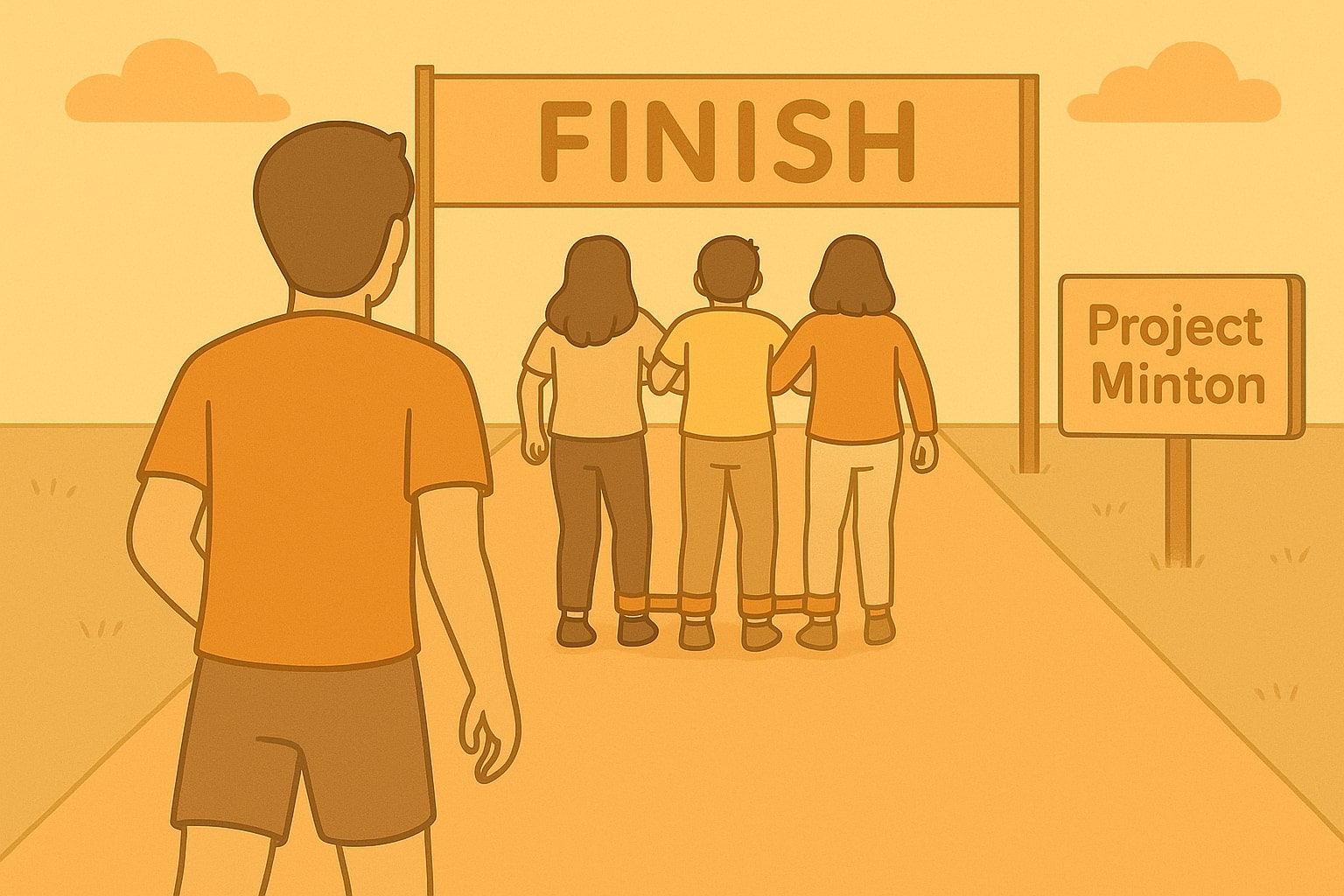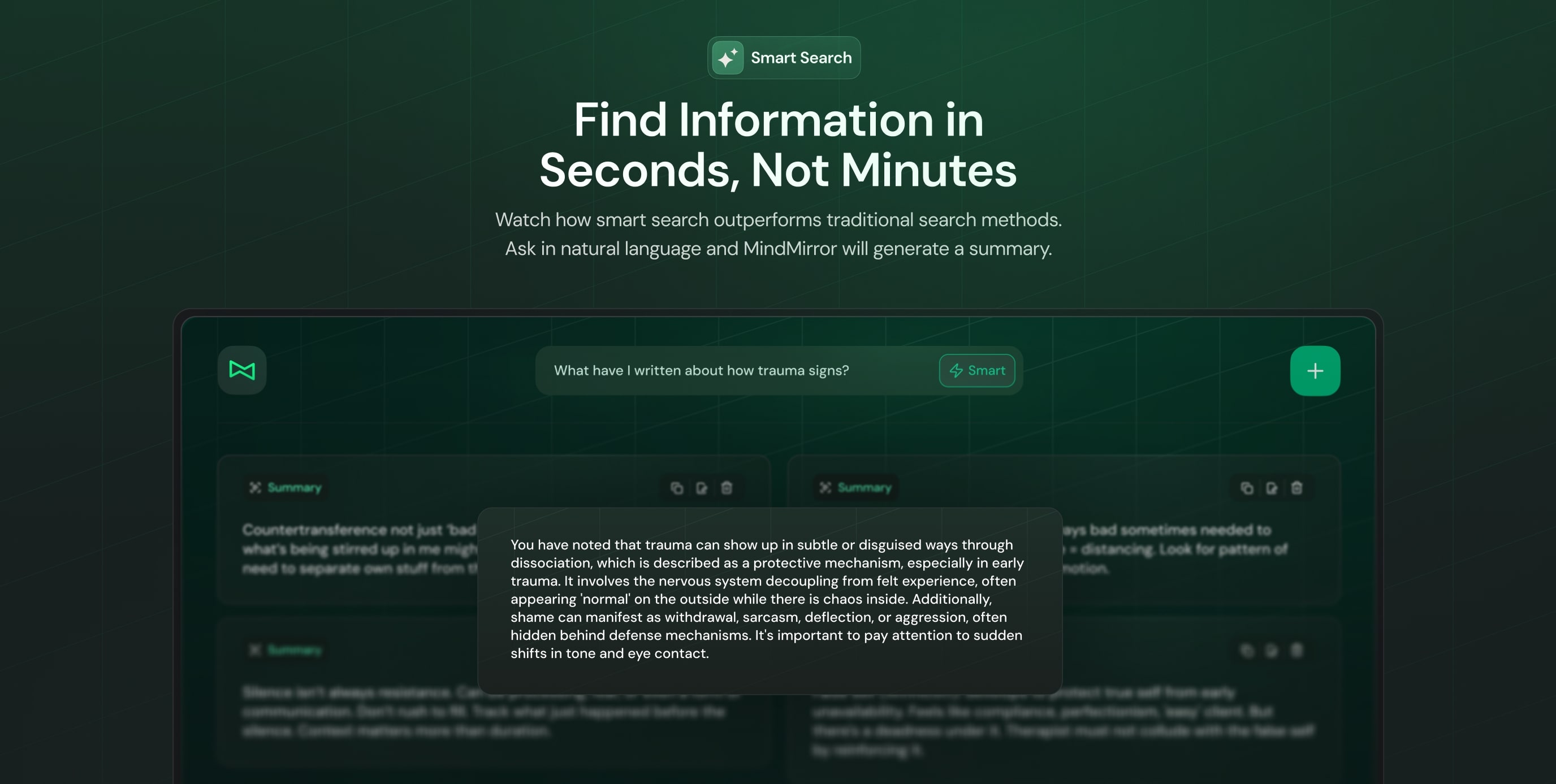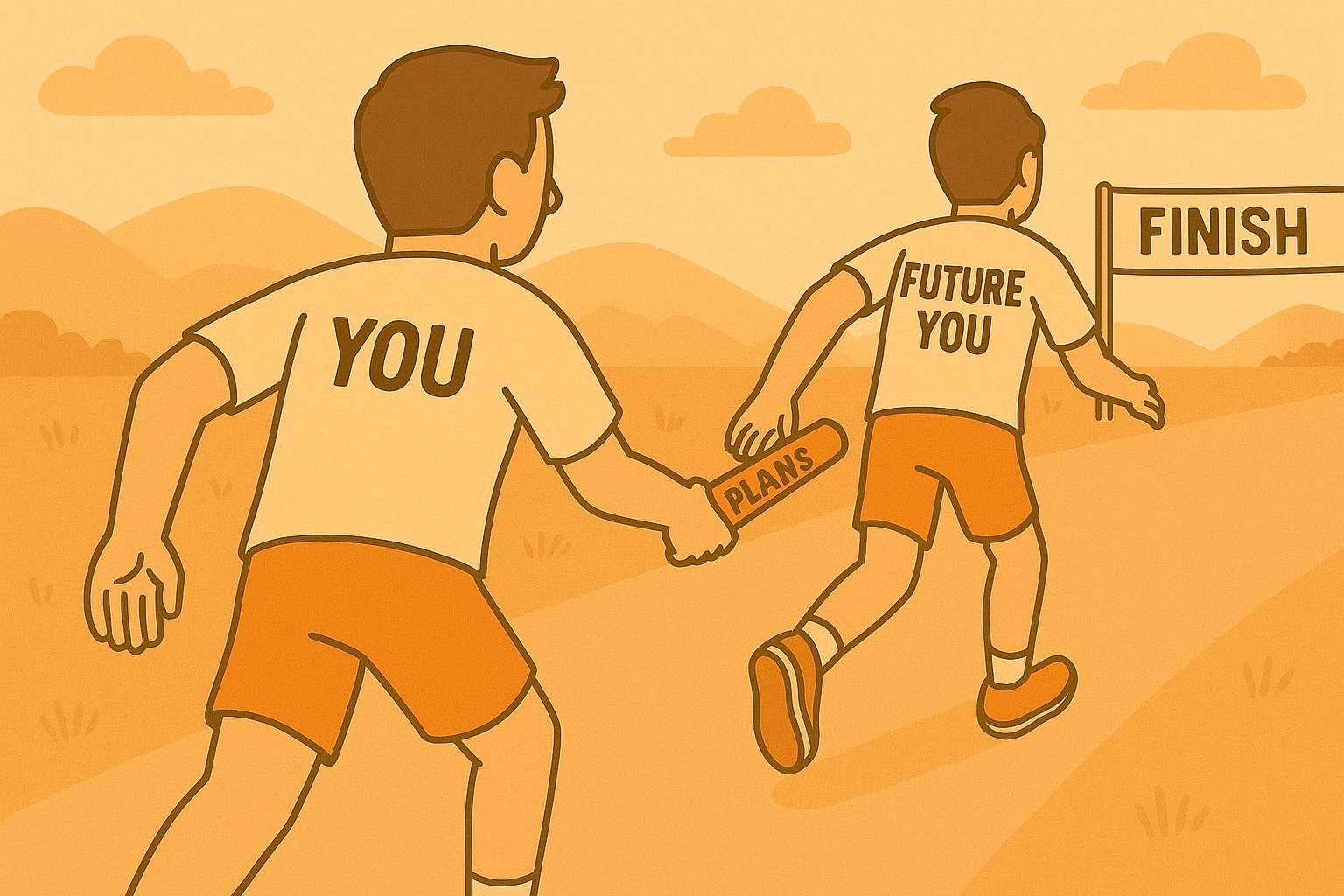
Group Projects Without Drama: A Student Survival Guide
You know the pattern: four people in a group, two do the work, one vanishes after the first meeting, and one shows up the night before to "help format." Meanwhile, you're going over the same decisions, hunting for that consensus you swear you reached last Tuesday, and wondering if group work is just code for "professional chaos training."
It doesn't have to be this way.
The difference between energizing collaboration and exhausting chaos isn't talent. It's coordination, effort, and respect. Here's a guide to manage group projects.
Start with the end: Set clear goals with OKRs
Before tasks and timelines
Agree on what success looks like. Use a simple OKR framework: Objective (inspiring, qualitative) + Key Results (measurable outcomes).
One clear objective
Example: "Deliver a compelling 12–15 minute presentation that clearly explains X and earns ≥17/20."
3–5 key results
Submit outline by Friday · Draft slides by Tuesday · Run rehearsal under 15:00 · Integrate feedback within 24 hours
Pin your OKR in the shared doc. When someone asks "what are we doing again?" you have one source of truth.
New to OKRs? Google's guide explains the framework in 5 minutes.
Agree on ground rules in the first 5 minutes
Five minutes now prevents five hours later. Don't wait until someone's frustrated to discuss how you work.
Decide together:
Define roles so nobody wonders "whose job is this?"
Ambiguity kills momentum. Assign primary owners with clear backups. One person can wear multiple hats, but ownership must be clear.
Project lead
Keeps OKRs visible, runs standups, tracks decisions
Research lead
Finds sources, validates credibility, summarizes findings
Writing lead
Shapes narrative, ensures tone, coordinates drafts
Design lead
Visual clarity, consistent styles, final export
QA/rehearsal lead
Timing, transitions, final polish
Communicate to support, not surveillance
Short updates beat long silences. The goal isn't accountability, it's unblocking each other fast.
Weekly standup (15–20 min)
Simple format: "What I finished / Where I'm blocked / What's next." Decide priorities, point out blockers, assign help. Keep it focused.
Async updates when you hand off
Drop a quick note in the channel: "Draft slides in the doc, flagged three open questions for Writing Lead." Context prevents confusion.
Peer review as support, not judgment
Comment on the work, not the person. Be specific and actionable: "This transition feels sudden" beats "This doesn't flow."
Respect: Your teammates aren't your tools
Healthy teams move faster. Default to kindness, assume good intent, and separate ideas from identities.
Address missed deadlines and disappearances early and privately. A 2-minute conversation now beats resentment later.
Keep the group small (3–5 is the sweet spot)
Diverse skills, low coordination cost. If your professor assigns you eight people, create subteams with clear handoffs.
Use tools that ease the process
Don't over-engineer. Pick one tracker and one doc space. That's it.
Task tracking
Linear, ClickUp, or a simple Kanban. Keep statuses meaningful: To-do, In Progress, Review, Done.
Shared docs & decisions
One living document for notes, decisions, and OKRs. Pin links in one place so nobody hunts.
For fast personal capture during group work, see Messy Notes Aren't the Problem and The 2-Minute Productivity Hack.
Capture personal notes so context doesn't disappear
Write decisions, questions, and follow-ups immediately, especially after meetings. Bring these to the next standup so you're not guessing what you agreed on.
For broader class note-taking, see our 3-phase class notes playbook.
Escalate to your professor before things break
Lacking motivation? Facing coordination problems? Disagreements over and over again? Reach out to your professor early. A 10-minute office-hours chat can unblock decisions, and prevent chaos.
Stop the repeated debates: Make decisions findable
Last Tuesday you reached consensus. Today, you're arguing the same point again. Sound familiar?
The solution: searchable decision logs
When you can instantly find what you decided, who owns it, and why you chose it, circular debates die fast. Semantic search surfaces the exact note where consensus was recorded.
How to capture decisions so they stick
- Tag clearly: "Decision: Use design template A. Owner: Sara. Date: Sept 28. Reason: Matches brand and loads faster."
- Link to evidence: Add sources, draft links, or professor guidance so future you remembers why.
- Revisit only with new data: If someone wants to reopen, ask: "What changed?"
This is where MindMirror helps: capture decisions in your natural voice, then search them instantly when someone asks "wait, didn't we already decide this?".
Quick answers to common questions
What makes a successful group project?
Clear OKRs, small team (3-5), defined roles, regular short check-ins, respectful feedback. Tools help, but alignment and rhythm matter more.
How do we split work fairly?
Balance by strengths and availability. Write owners next to each deliverable. Rotate "unloved" tasks (citations, formatting) so they're shared.
What if someone isn't contributing?
Address privately. Clarify expectations. Ask how the team can help. If it persists, document facts and loop in the professor with proposed next steps.
Your action plan (start with the first meeting)
- Set one OKR: Write the objective + 3-5 key results. Pin it.
- Agree on ground rules: Response time, meeting rhythm, review policy, decision rule.
- Assign roles with owners: Project lead, research, writing, design, QA. Name names.
- Pick tools: One tracker, one doc space. Done.
- Capture decisions clearly: Tag them, link evidence, make them searchable.
- Check in weekly: 15 minutes. What's done, what's blocked, what's next.
Want to stop the circular debates and actually remember what you decided? Try MindMirror free for 7 days, capture in your natural voice, search instantly, keep your team aligned without the friction.
Share this post


